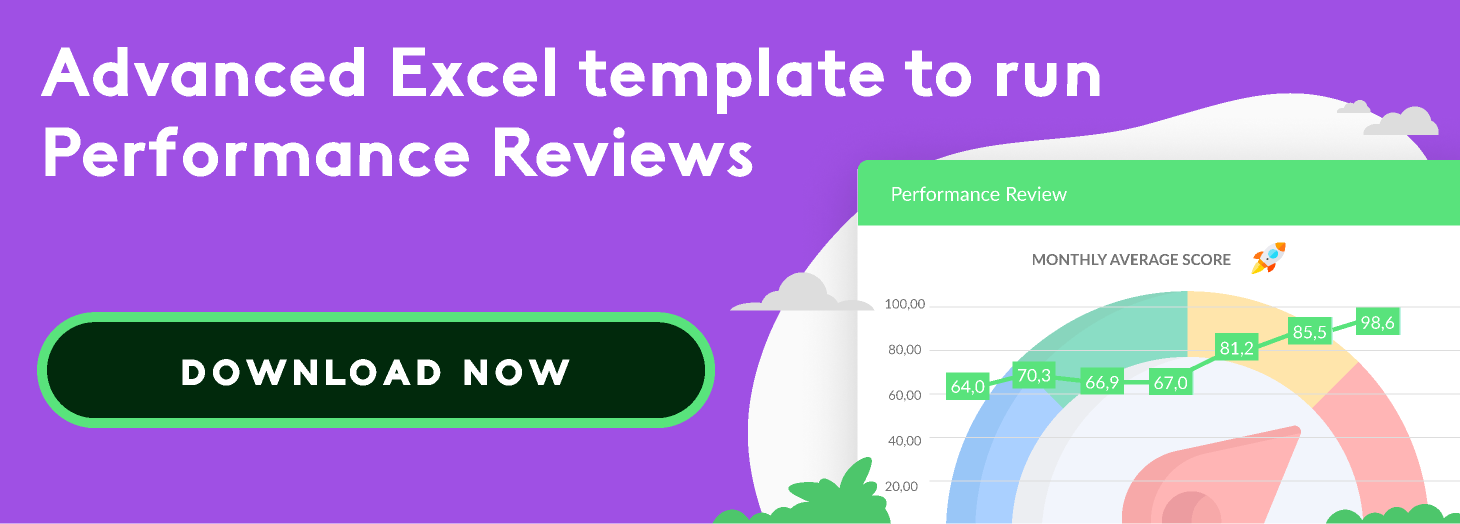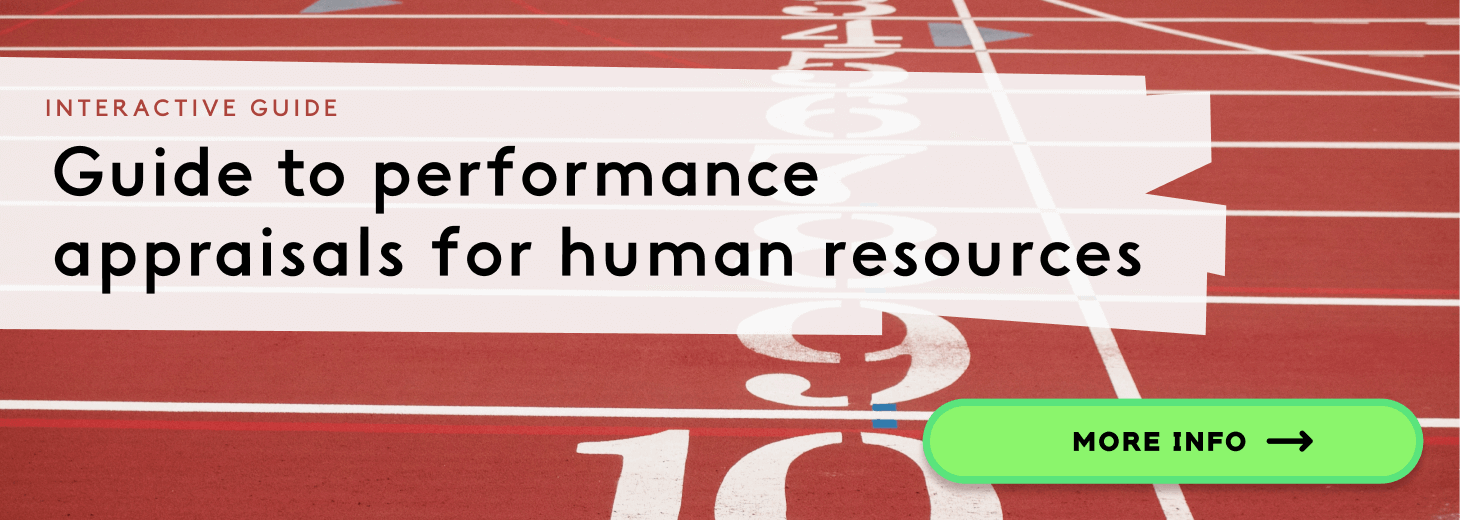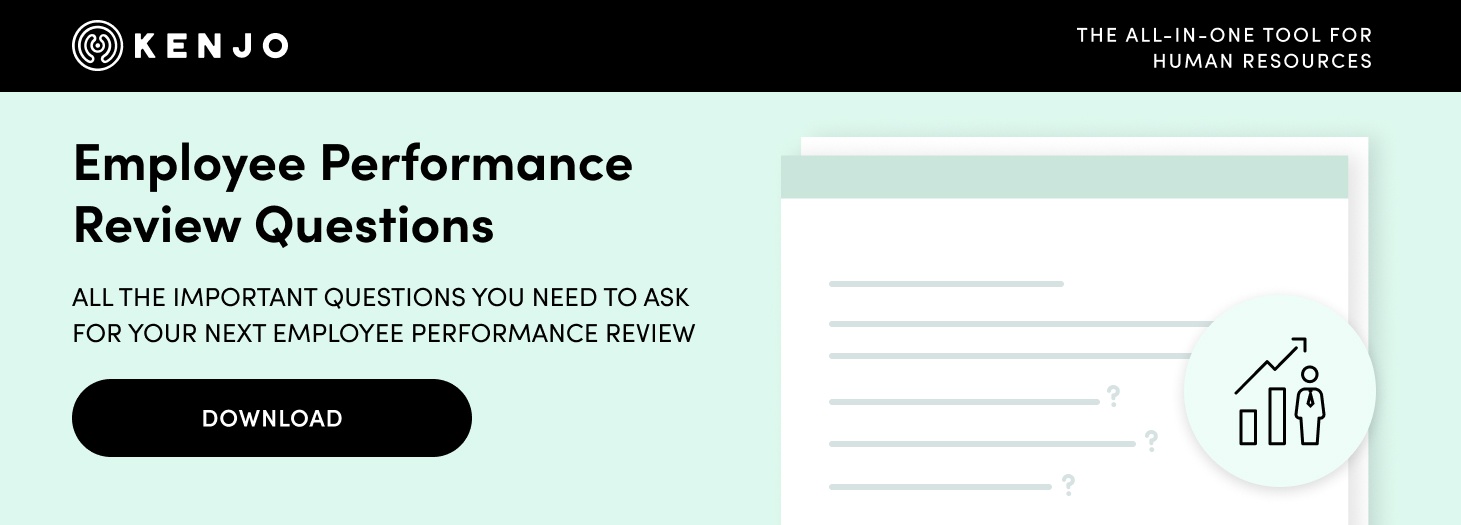Management teams often encounter problems with performance appraisal, as part of their day-to-day work. And it’s because they’re dealing with a delicate and complex process which requires clear and precise measurements. It’s therefore essential to be aware of the most common problems so that you can identify and resolve them
There are many factors that can affect a performance appraisal, meaning it may not be as objective and accurate as it should be. Thankfully there are a series of fairly simple steps that we can take within the organisation, to minimise the problems that arise during the performance review process.
Develop precise performance measurements
If the methods and formulas used in performance reviews aren’t clear enough, it can jeopardise the whole process. The organisation must therefore have a specialist human resources team to design precise and objective performance measurements for the entire workforce.
The HR team should do this in three stages:
1. Use a range of evaluation criteria
One formula for overcoming some of the setbacks in performance reviews involves using more than one or two criteria to evaluate a person’s performance over a period of time.
We generally rely on only one KPI for every main task; if we were to use two or more, then we’d have a more comprehensive view on which to base our evaluation. A single piece of data could be affected for many different reasons.
By doing this we reduce the impact of the halo effect, errors of recency, contrast or attribution.
2. Minimise the use of appraisals based on individual traits
Performance reviews based on individual traits are subjective and have little or nothing to do with the employee’s behaviour or results obtained in the company. On the whole, they should not be used unless there is a specific reason why an individual feature must be used to do their job successfully.
And as it’s such a subjective area, appraisals that are based on individual traits are much harder to defend in the event that this leads to disciplinary action.
If we eliminate these aspects from our evaluations, we reduce the negative impact of stereotyping, similar-to-me errors or any other kind of bias.

Performance management training
Once we have solved the problems that could arise in terms of methodology, the next thing we need to do is to provide coaching and training for appraisers to avoid such errors and problems.
1. Train appraisers to overcome common problems during the review
A simple training process can mitigate or even eliminate the problems that normally arise. In terms of the problems that often arise, reviewers realise that they have the ability to bypass them. Even problems related to bias or stereotyping can be resolved in a simple workshop.
Most professionals, when they discover they’re making a mistake, want to put it right. So, performance review training gives managers the knowledge and tools they need to do their job properly.
2. Train appraisers to use established ways and methods of measurement
Appraisers must be able to use the methods of performance appraisal established by the company. And they have to ensure that they are applied across the board and that the information collected is useful.
Carrying out training is important to guarantee standardised rating methods. If we’re going to use “good” or “excellent, for example, then we should ensure that everyone understands what each term implies.
This prevents distribution errors from happening and helps us achieve accurate and objective reviews.
Use more than one appraiser during the review
Another way to avoid performance review errors is to obtain feedback from more than one appraiser. Some methods such as the 180-degree performance appraisal or the 360-degree performance appraisal include evaluations from professionals that work closely with the employee being assessed.
This evidently has a higher cost, but it may be a good solution to the many problems that arise during performance reviews that result from the appraiser’s subjectivity.
Having several appraisers remove any bias in relation to an employee’s performance or the use of stereotypes. Errors like the halo effect, contrast and attribution will also become less likely and distribution errors tend to disappear.
Engage your department managers
Much of the performance review workload will fall on departmental managers so it’s important that, apart from undergoing suitable training, they create the process and are committed to it.
Appraisers need to know what to say during the performance review, how to give constructive feedback over a period of time, how to measure your team’s performance, etc.
But the most important of all is that they are keen to learn and help their team to improve. They therefore need to understand the value of performance management in the company and how this adjusts to the organisational strategy. Communication and training are key in capturing their interest and getting them to cooperate.
Getting leaders in the organisation to commit is vital in implementing any process.

Help your employees understand the benefit of performance reviews
Raising awareness among employees is another process that needs to be done before implementing any evaluation process. They must understand that the objective is to identify their strengths in order to enhance them and improve their performance. In other words, the appraisal will help them to improve.
A good performance management system will also help them to answer the following questions:
- What am I good at?
- What are my weaknesses?
- Where do I need to improve?
- How can the company help become more efficient?
It’s important they realise that their objectives and the company’s are one and the same. One way of doing it, for example, is to devise a system that rewards success and when objectives are met.

Provide constant feedback
Finally, the best way to avoid problems with performance reviews is to provide feedback on a regular basis. As the saying goes: practice makes perfect. In addition, according to this study, employees (particularly Millennials) are eager to receive feedback.
The chart shows that employees want to receive regular feedback and not just once a year. So, instead of saving all comments for the performance review, it’s much better to apply a simpler principle: give feedback when the problem has been detected and, at the same time, celebrate when things are going well.
Employees will therefore know how they’re doing and there won’t be any surprises during their annual appraisal. And, at the same time, appraisers have the chance to keep practicing.




